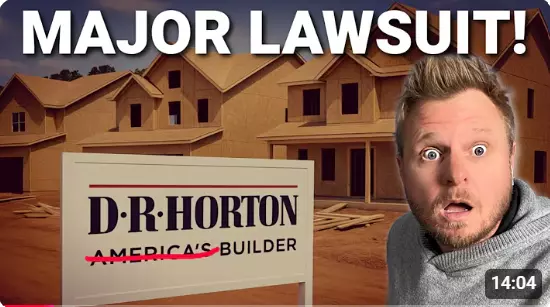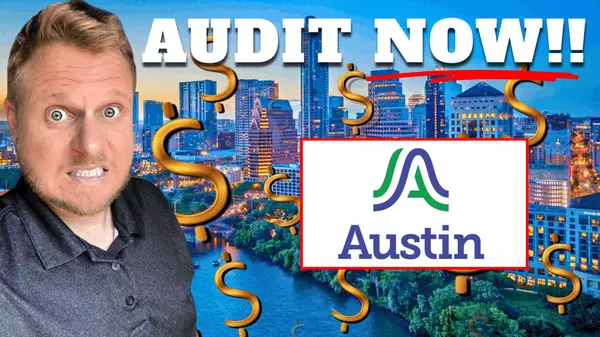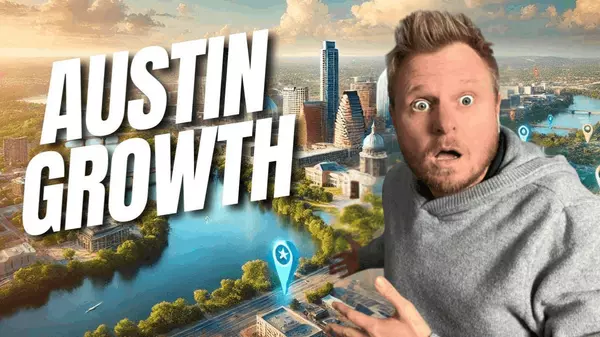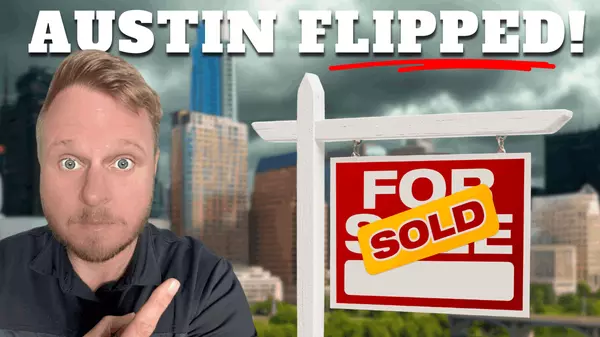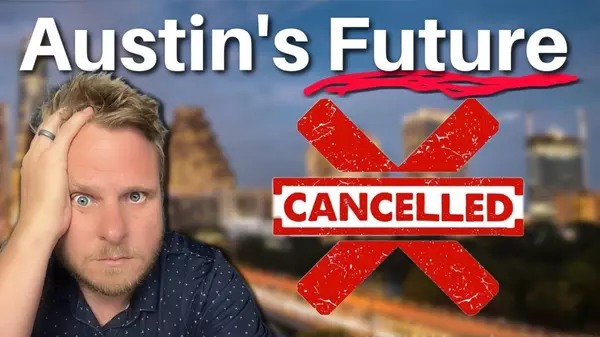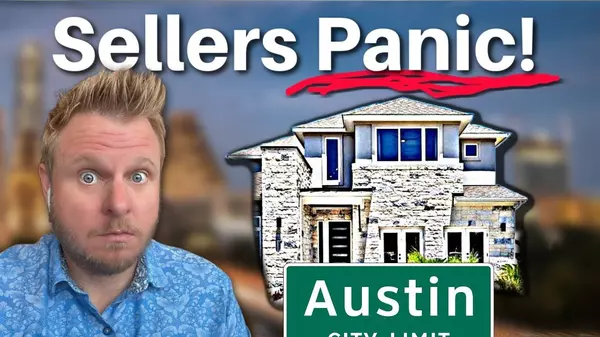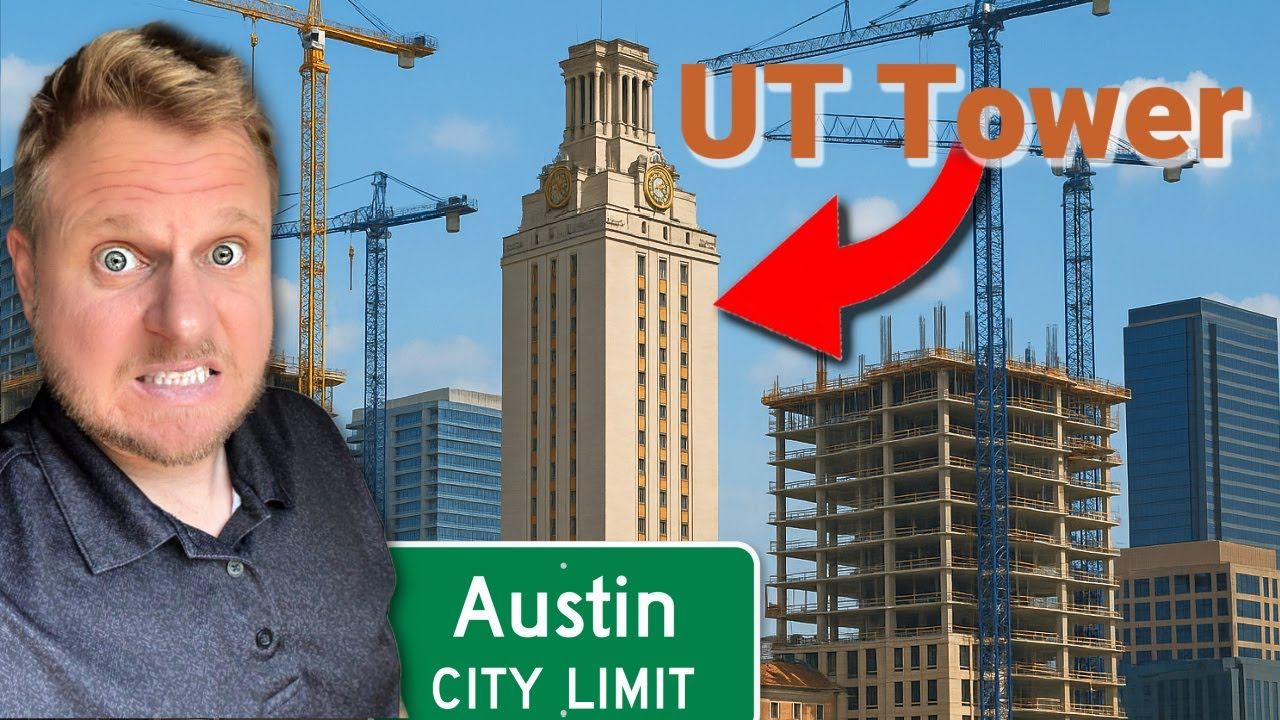Is Austin’s Push for Density a Bold Move for Growth or a Money Grab?
Is Austin’s Push for Density a Bold Move for Growth or a Money Grab?
The city of Austin is no stranger to growth and transformation. Over the last decade, it has become one of the fastest-growing cities in the United States, attracting a diverse range of residents, businesses, and investors. But as the city continues to grow, the question arises: is Austin’s push for increased density part of a strategic plan to manage expansion, or is it a money grab disguised as progress? Recent discussions around the city’s downtown planning efforts have raised some concerns about the direction Austin is heading. In this post, we’ll dive into the city’s controversial plans for expanding its downtown district, pushing for more density, and the implications these decisions might have on Austin’s future.
Austin's Downtown Expansion Plan: A Push for Density
At the heart of the recent discussions is the expansion of the downtown Austin district. The city has proposed an updated version of its downtown plan, which would include more neighborhoods in its planning efforts, such as West Campus (currently covered by the University Neighborhood Overlay), much of the University of Texas main campus, and parts of the South Central Waterfront. This expansion would bring the city's downtown district closer to areas like I-35, and it is part of a broader initiative to create a "Central District Plan."
According to a memo from the City of Austin Planning Department, this expanded district plan aims to “steer long-term efforts” in and around downtown. The goal is to push for greater high-density real estate projects, such as high-rise buildings, in areas that have seen rapid development, especially around the University of Texas campus and West Campus.
While growth is a natural part of urban development, this density push has sparked debate. Some residents welcome the opportunity for more living spaces and the economic growth that comes with it, but others are concerned about the gentrification and affordability issues that come with such rapid development. Are these changes necessary for Austin to thrive, or are they just a way to bring in more money for the city?
The West Campus Dilemma: Is the City Overstepping?
One of the most significant aspects of the proposed downtown expansion is the focus on West Campus, an area that has been at the center of development discussions for years. This part of Austin, which houses University of Texas, is home to many students and young professionals, and its real estate market is already known for being expensive and competitive. The city is now pushing for high-rise developments in this area, which has raised concerns about affordability.
Many community members argue that the skyrocketing lease prices in West Campus are already unaffordable for many students and residents. So, what’s the city's end game here? If more high-rises are built in the area, will it result in even higher rents and further strain on lower-income residents?
Moreover, there’s a feeling that the city’s focus on West Campus and the University of Texas area could overshadow the unique character of these neighborhoods. Some believe that the push for more development in these areas risks erasing the cultural vibrancy that has made Austin so special. Others feel that this move will lead to corporate monopolies taking over prime real estate, leaving less room for small businesses and local residents.
The I-35 Expansion: A Double-Edged Sword
Another major aspect of Austin’s plans for the future is the ongoing I-35 expansion. The expansion of I-35 is critical for improving traffic flow and connectivity in the Austin metro area, but it also presents significant challenges. The city had initially planned to build parks and green spaces over the expanded sections of the highway, known as the I-35 cap project. However, due to financial constraints, this project has been scaled back, with only two areas of the cap project being built.
What does this mean for Austin’s future? The proposed I-35 expansion is designed to accommodate more cars, but it’s unclear how this will affect the city’s ability to manage density. Will the increased traffic congestion due to the expansion be mitigated by the density push, or will it just lead to even more gridlock and pollution in the heart of downtown?
Is This All Just a Money Grab?
With all these development plans coming into play—high-rise buildings, expanded downtown areas, and tax hikes—it’s easy to wonder: Is this just a money grab? The city’s efforts to expand its tax base through high-density development seem to have a clear economic incentive, but at what cost? The push for more residents, more businesses, and more tourists could lead to more tax revenue for Austin, but it could also put a strain on local infrastructure and make the city even more unaffordable for long-time residents.
Take, for instance, the proposed tax hikes that have been discussed in recent city meetings. In order to pay for the expansion projects, including the I-35 cap, the city has proposed raising taxes on hotels and property owners. While this may seem like a good way to fund infrastructure projects, it could further exacerbate the growing affordability crisis in Austin. With already high property taxes, many residents are feeling the pressure to move further outside the city to find more affordable options. If the city continues down this path, will it alienate its original residents in favor of attracting wealthier newcomers?
A Larger Picture: The Problem with Planning in Austin
As the city pushes for density, high-rise buildings, and expanded downtown areas, it’s important to consider the larger implications of these plans. The city’s downtown strategic initiative aims to make Austin a more vibrant and connected city, but there are concerns about the effectiveness of these plans. Will these initiatives actually solve the issues they’re designed to address, or will they just create more problems down the road?
One of the biggest challenges in Austin’s current growth strategy is the lack of cohesive planning. The city has seen rapid expansion in recent years, but it hasn’t always kept up with the necessary infrastructure improvements. For example, the city has made strides in adding pedestrian pathways and bike lanes, but many residents feel that these changes have come at the expense of car accessibility. The end result? More traffic, more congestion, and a higher cost of living.
Additionally, the focus on density and high-rise developments might be leading to a shift in Austin’s identity. Is the city becoming too commercialized? As new residents and businesses flock to the area, will the culture that made Austin so unique begin to fade?
Final Thoughts: Austin’s Growth – Is It Sustainable?
As Austin continues to grow, the push for more density, high-rise buildings, and economic expansion raises important questions about the city’s future. Is the city’s strategy for growth the right one, or is it just a quick fix to increase property taxes and drive up profits? Will Austin retain its unique culture, or will it become just another sprawling city dominated by high-rise developments and corporate interests?
Ultimately, the answer may lie in a balance between growth and preservation. It’s crucial that Austin’s leaders focus on creating a sustainable, inclusive, and livable city that respects its residents while embracing the benefits of expansion. The question remains: Is this the right kind of growth for Austin, or is it a recipe for disaster? Let us know your thoughts
Categories
Recent Posts
